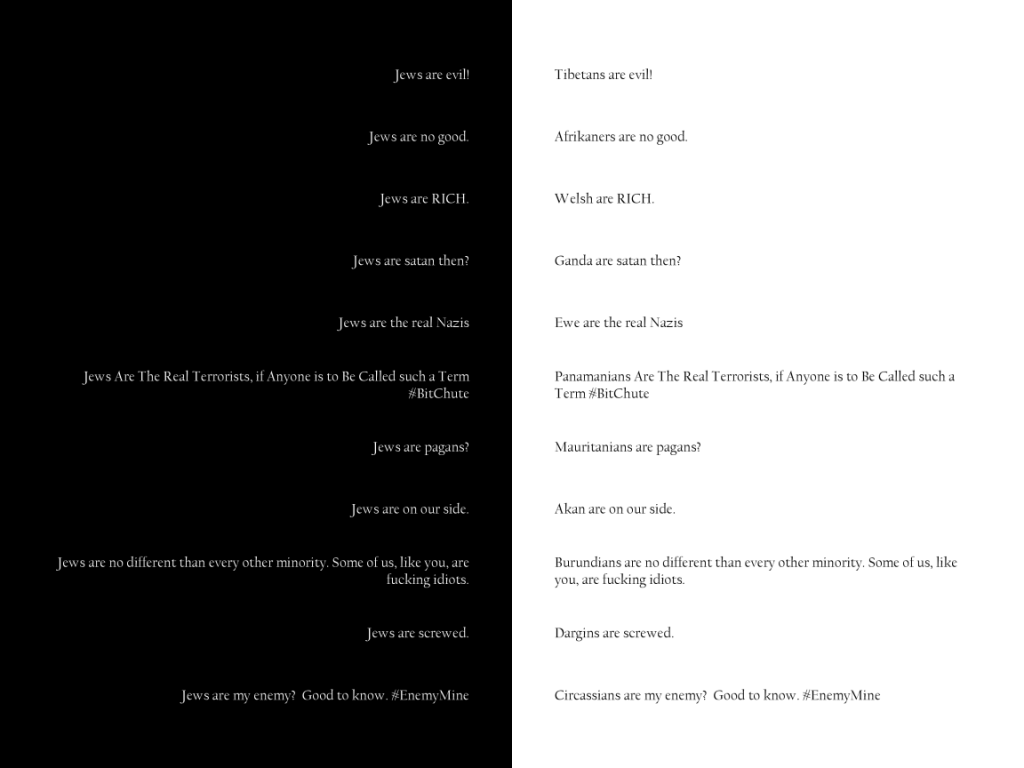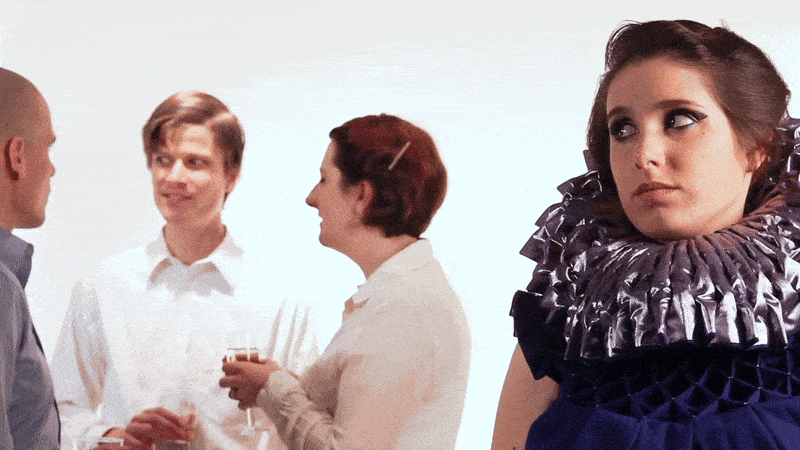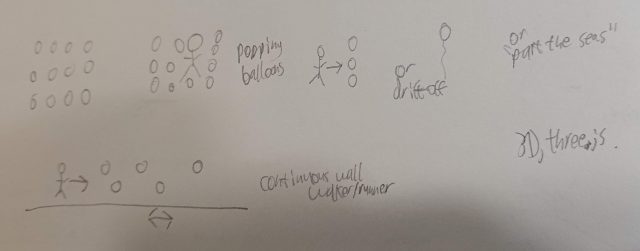import colors from '../data/colorsHex'
var clock = new THREE.Clock()
var camera, controls, scene, renderer
var mixer, skeletonHelper
init()
animate()
var loader = new THREE.BVHLoader()
loader.load('bvh/fighting-31-syotei-yokoyama.bvh', result => {
skeletonHelper = new THREE.SkeletonHelper(result.skeleton.bones[0])
skeletonHelper.material.linewidth = 10
skeletonHelper.skeleton = result.skeleton // allow animation mixer to bind to SkeletonHelper directly
var boneContainer = new THREE.Group()
boneContainer.add(result.skeleton.bones[0])
scene.add(skeletonHelper)
scene.add(boneContainer)
// play animation
mixer = new THREE.AnimationMixer(skeletonHelper)
mixer.clipAction(result.clip).setEffectiveWeight(1.0).play()
})
// create an AudioListener and add it to the camera
var listener = new THREE.AudioListener()
camera.add(listener)
// create a global audio source
var sound = new THREE.Audio(listener)
// load a sound and set it as the Audio object's buffer
var audioLoader = new THREE.AudioLoader()
audioLoader.load('audio/Balloon Popping-SoundBible.com-1247261379.wav', buffer => {
sound.setBuffer(buffer)
sound.setLoop(false)
sound.setVolume(1)
})
var ambientLight = new THREE.AmbientLight(0x000000)
scene.add(ambientLight)
var lights = []
lights[0] = new THREE.PointLight(0xffffff, 1, 0)
lights[1] = new THREE.PointLight(0xffffff, 1, 0)
lights[2] = new THREE.PointLight(0xffffff, 1, 0)
lights[0].position.set(0, 2000, 0)
lights[1].position.set(1000, 2000, 0)
lights[2].position.set(-1000, -2000, 0)
scene.add(lights[0])
scene.add(lights[1])
scene.add(lights[2])
let newBalloon = (r, color, x, y, z, o) => {
var geometry = new THREE.SphereGeometry(r, 32, 32)
var material = new THREE.MeshStandardMaterial({
color: color,
wireframe: false,
transparent: true,
opacity: o
})
var sphere = new THREE.Mesh(geometry, material)
sphere.position.set(x, y, z)
return sphere
}
let newBalloonGrid = (r, i, s, o) => {
let balloons = []
let pad = (r * 2) + s
let c = ((i - 1) * pad) / 2
for (let x of Array(i).keys()) {
for (let y of Array(i - 4).keys()) {
for (let z of Array(i - 2).keys()) {
let color = colors[Math.floor(Math.random() * colors.length)]
let bx = x * pad - c + 100
let by = y * pad + r
let bz = z * pad - c + 250
let balloon = newBalloon(r, color, bx, by, bz, o)
scene.add(balloon)
balloons.push({
pos: {
x: bx,
y: by,
z: bz
},
r: r,
o: o,
color: color,
mesh: balloon
})
}
}
}
return balloons
}
let balloons = newBalloonGrid(20, 10, 5, 1)
function init () {
camera = new THREE.PerspectiveCamera(90, window.innerWidth / window.innerHeight, 1, 1000)
camera.position.set(0, 450, -400)
controls = new THREE.OrbitControls(camera)
controls.minDistance = 300
controls.maxDistance = 700
scene = new THREE.Scene()
scene.add(new THREE.GridHelper(200, 10))
// renderer
renderer = new THREE.WebGLRenderer({ antialias: true })
renderer.setClearColor(0xeeeeee)
renderer.setPixelRatio(window.devicePixelRatio)
renderer.setSize(window.innerWidth, window.innerHeight)
document.body.appendChild(renderer.domElement)
window.addEventListener('resize', onWindowResize, false)
}
function onWindowResize () {
camera.aspect = window.innerWidth / window.innerHeight
camera.updateProjectionMatrix()
renderer.setSize(window.innerWidth, window.innerHeight)
}
var set = false
function animate () {
// if (!isPlay) return
window.requestAnimationFrame(animate)
var delta = clock.getDelta()
if (mixer) mixer.update(delta)
// if (skeletonHelper) skeletonHelper.update()
renderer.render(scene, camera)
if (skeletonHelper) {
if (!set) {
console.log(skeletonHelper.skeleton.bones)
set = true
}
if (skeletonHelper.skeleton) {
for (let bone of skeletonHelper.skeleton.bones) {
if (bone.name !== 'ENDSITE') {
for (let balloon of balloons) {
// console.log(skeletonHelper.skeleton.bones)
let ballPos = balloon.pos
let bonePos = bone.position
let dist = Math.sqrt(Math.pow(ballPos.x - bonePos.x, 2) + Math.pow(ballPos.y - bonePos.y, 2) + Math.pow(ballPos.z - bonePos.z, 2))
// console.log({ dist, ballPos, bonePos, name: bone.name })
if (dist <= balloon.r * 4 && balloon.mesh.material.opacity !== 0) {
console.log('KILL BALLOON')
// console.log({ dist, ballPos, bonePos, name: bone.name })
// scene.remove(balloon.mesh)
if (balloon.mesh.material.opacity !== 0) {
if (sound.isPlaying) sound.stop()
sound.play()
}
balloon.mesh.material.opacity = 0
// balloons.splice(balloons.indexOf(balloon))
// scene.add(newBalloon(balloon.r, balloon.color, ballPos.x, ballPos.y, ballPos.z, balloon.o))
}
}
}
}
}
}
} |












